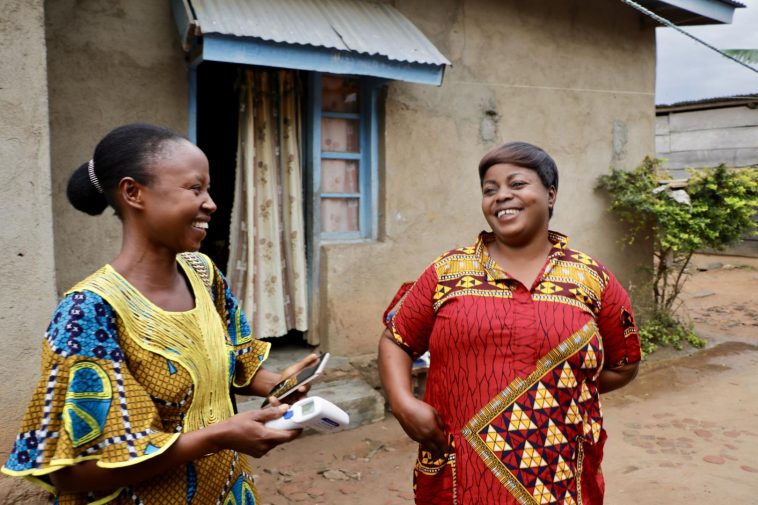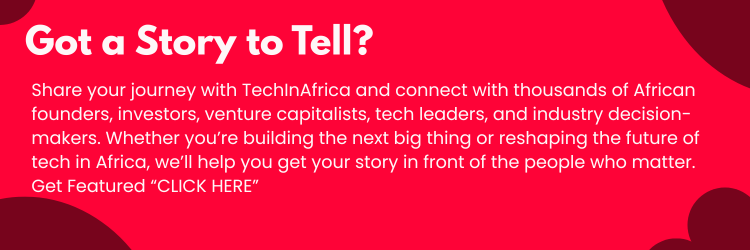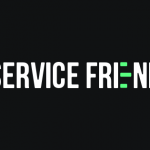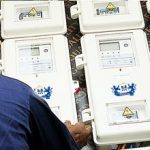TechInAfrica – Léa Kanyere, who works as contract tracers in one of the epicenters of Ebola Outbreak in the Democratic Republic of the Congo (DRC), often finds her task complicated due to security issues and the ineffective overdue process.
“We used to use paper, filling out a form each day for every contact. Then at the end of the day, we took the papers to our supervisors, who alerted the doctor if one of the contacts had signs of Ebola. It took a long time. Another big problem for me was security,” Kanyere explained. Walking around carrying a folder of documents draws the attention of the contacts’ neighbors, especially in a neighborhood in which many people are suspicious of any official intervention.
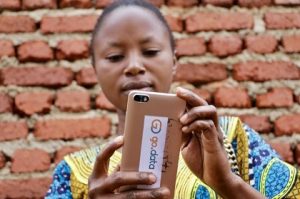
With the introduction of a mobile application launched by the World Health Organization (WHO), now Kanyere and other contract tracers only have to carry their mobile phones instead of the pile of papers, as the information they collect can be sent directly to their supervisor from the working field. The app called Go.Data was introduced on 1st September and was the creation of the Global Outbreak Alert and Response Network (GOARN) group, WHO and partner organizations. Go. Data is a major innovation in outbreak investigation tools for field data collection. According to Armand Bejtullahu, the project leader at WHO and one of the chief architects of the tools, the app is particularly focused on the case and contact data collection and management, and it allows the software to produce outputs, such as contract follow-up forms and dynamic visualization of the chain of transmission. The app’s biggest strength is its speed, which in turn allows Epidemiologists to access data in real-time.
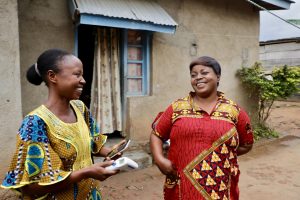
Go.Data is also tasked with helping field teams keeping up with contacts since there are cases where contact tracers couldn’t visit all their contacts due to security issues in the area and others. When a contact is missed, contract tracers are notified early and can act on it on the same day. For epidemiologists, Go.Data creates a visual representation of the transmission chain that caters to their comprehensive understanding of how the disease spreads, as in which activities, environments, and types of interaction are associated with high or low transmission rates. What this means for the epidemiologists is, they can intervene quicker the spread. The software, which already makes a difference, is about to launch in other Ebola hotspot areas in the DRC, and not only for Ebola, it can also be used for any outbreak with human-to-human transmission.
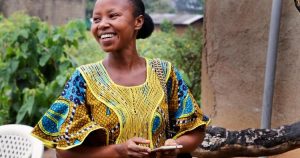
As one of the first workers trained with Go.Data, Kanyere wants to advance the app usage on the field by teaching others.
Source: Appsafrica.com

